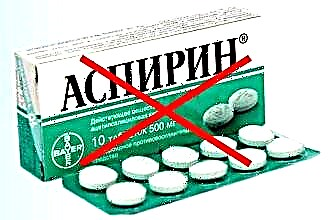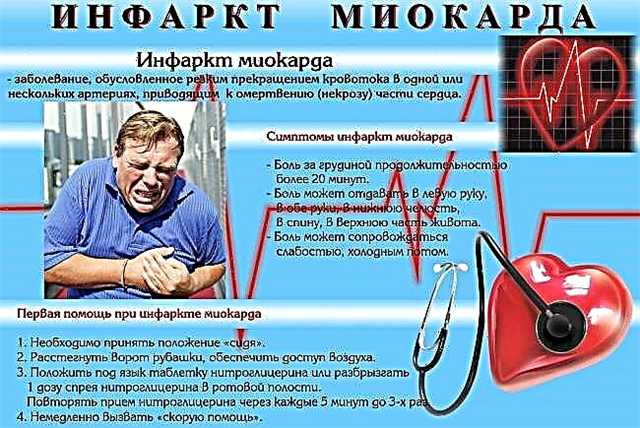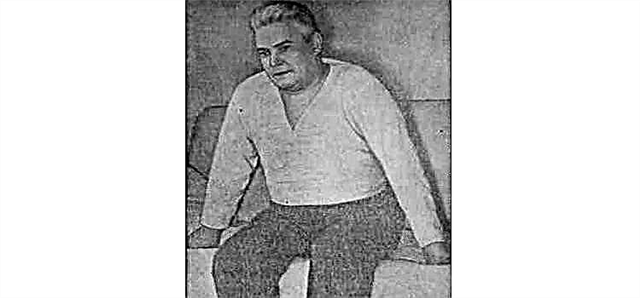Bullous otitis media is an ear pathology, accompanied by inflammatory processes in the outer and middle ear. This type of ENT disease is characterized by hemorrhagic inflammation with the formation of extravasates in the ear canal and tympanic cavity. Small serous vesicles with bloody impurities are called bullae, hence the name of the disease. Otitis media is provoked by viral pathogens that enter the ear cavity by hematogenous route or through the nasopharynx.
Features of the disease

Ear pathology in 90% of cases is a complication of infectious diseases, in particular psittacosis, flu, sinusitis, etc. The characteristic signs of the development of ENT disease include hemorrhagic rashes (bulls) localized in the ear canal and tympanic cavity. They are filled with bloody exudate. Often, bullous elements form on the tympanic membrane, as a result of which bullous meringitis develops.
As a rule, viral otitis media is relatively easy and benign, without causing serious complications. However, symptoms can progress if you do not prescribe timely treatment for the disease. According to medical research, children are more susceptible to ear pathology, which is due to the structural features of the Eustachian tube and weakened immunity.
Causes
The causative agents of pathological processes in the middle ear are viral agents in combination with coccal infections, representatives of which are streptococci, Haemophilus influenzae and other nonspecific microbes. Often, the bacterial flora develops after a viral lesion of the organ of hearing, which leads to an exacerbation of the symptoms of ENT disease and the formation of purulent masses inside the ear canal and tympanic cavity.
The main diseases that provoke hematogenous ear infection include:
- flu;
- herpes;
- measles;
- rubella;
- Epstein-Bar virus;
- parainfluenza.
The influenza virus plays a key role in the development of pathology, which begins to progress when the immune defense is weakened.
That is why this type of otitis media is often called influenza. Due to the structural features of the Eustachian tube, which in children is much shorter, but larger in diameter, its infection can occur through the nasopharynx.
The risk of developing the disease increases with a weakening of general immunity, diathesis and a tendency to allergic reactions.
Clinical manifestations
 With the development of the disease, inflammatory processes are localized, as a rule, only in one of the two organs of hearing. The general condition worsens gradually, so it is extremely rare to quickly diagnose an ear pathology. Experts refer to the main symptoms of the development of viral otitis media:
With the development of the disease, inflammatory processes are localized, as a rule, only in one of the two organs of hearing. The general condition worsens gradually, so it is extremely rare to quickly diagnose an ear pathology. Experts refer to the main symptoms of the development of viral otitis media:
- pain in the ear;
- hearing impairment;
- noise in ears;
- hyperthermia;
- headache;
- dizziness;
- hyperemia of the skin in the auricle;
- swelling of the ear canal;
- "Lumbago" in the ear when pressing the tragus.
The specificity of bullous otitis media lies in the peculiarities of its local manifestations. In the ear canal, tympanic cavity and on the membrane itself, small vesicles appear, filled with exudate with blood impurities. On close inspection, the vesicles have the appearance of an erythematous rash prone to spontaneous opening. When bullae rupture, hemorrhagic exudate is evacuated from the ear canal.
If the inflammatory processes in the ear cavity are not stopped in time, the vestibular apparatus will be damaged by viral pathogens. This is fraught with impaired coordination of movements, dizziness, unsteadiness of gait and the development of nystagmus (involuntary accelerated movement of the eyeballs).
Diagnostics
When making a diagnosis, the patient's history, otoscopy data and bacterial culture results are taken into account. During a visual examination by an otolaryngologist, changes in the condition of the tympanic membrane can be detected. By the nature of the bullous rash, a specialist with a 70% probability can determine the type of infection that provoked the development of the pathology.
If it is necessary to differentiate the ENT disease, the patient is assigned the following types of clinical trials:
- temporal bone radiography;
- tuning forks;
- tympanometry;
- otomicroscopy;
- bacterial culture of ear exudate;
- audiometry;
- a blood test for antibodies and the presence of viral DNA.
The clinical manifestations of the disease are very similar to the symptoms of herpes zoster of the auricle, mastoiditis, neuritis, etc. The treatment of these diseases is very different from the treatment of bullous otitis media. That is why, before using the drugs, it is advisable to be examined by a specialist who, after diagnosis, will be able to determine the optimal course of treatment.
Important! Self-medication is fraught with the spread of lesions into the cranium, which increases the risk of meningitis and paresis of the facial nerve.
Treatment methods
Inflammatory processes in the ear lead to hearing impairment and the development of serious complications. Moreover, the pain syndrome that develops against the background of an infectious lesion of the tympanic membrane is practically not relieved by conventional analgesic drugs. Therefore, otitis media at advanced stages of development is treated not on an outpatient basis, but on an inpatient basis.
Systemic and local treatment of bullous otitis media involves the use of the following groups of medicines:
- immunomodulators ("Immunoriks", "Amiksin") - increase the reactivity of general and local immunity, which contributes to the suppression of the viral and bacterial flora;
- corticosteroids ("Polydex, Sofradex") - eliminate inflammation in the affected tissues;
- NSAIDs (Nurofen, Ketonal) - relieve inflammation, tissue swelling and pain inside the infected ear;
- antiviral ointments ("Acyclovir", "Zovirax") - kill viruses inside the ear canal, which helps to eliminate metabolites and accelerate tissue regeneration processes;
- antiseptics ("Interferon", "Lysozyme") - disinfect the tympanic cavity, which leads to the death of bacterial and viral pathogens;
- antibiotics ("Azithromycin", "Cefuroxin") - kill pathogenic microbes, which leads to the elimination of purulent discharge from the ear and a decrease in pain.
The drip introduction of "Prednisolone" and "Gemodez" prevents the development of hearing loss and deafness. Timely therapy ensures the rapid elimination of the main clinical manifestations of the disease. Already after 2-3 days, there is a regression of bullous eruptions and the disappearance of discomfort in the middle and outer ear. However, it should be understood that only in the case of an integrated approach to solving the issue can the desired therapeutic results be achieved.
Pediatric therapy
Treatment of viral otitis media in children is carried out mainly in a hospital, which is due to the severe course of the disease at an early age. Against the background of a weakening of immunity to viral pathogens, a bacterial infection joins in 90% of cases. For this reason, the treatment is carried out using antibacterial agents such as Cefuroxime or Ceftriaxone.
To eliminate hyperthermia, gentle antipyretic agents are used, namely:
- Calpol;
- "Vibrucol";
- Panadol;

- "Mexalen";
- "Dofalgan".
Important! It is strongly not recommended to use "Aspirin", "Phenacetin", "Antipyrine" or "Analgin" as antipyretics in pediatric therapy.
In case of accumulation of a large amount of pus in the tympanic cavity, the otolaryngologist can do paracentesis, i.e. puncture of the membrane. This will help to evacuate the pus and relieve the symptoms of the disease. This procedure does not entail hearing loss due to the good regenerative capacity of the eardrum.
Preventive actions
To prevent the development of ear pathology and complications, several simple but important rules must be followed:
- avoid hypothermia;
- use vitamin complexes;
- normalize the diet;
- quit smoking;
- observe personal hygiene;
- avoid getting water in your ears;
- sanitize the foci of infection in time;
- promptly treat viral infections;
- in the spring-autumn period, use immunostimulants.
Particular attention should be paid to caring for children under the age of one year. Feeding the baby in a horizontal position provokes the flow of milk or milk mixture into the ear cavity, which leads to inflammatory processes. To avoid such consequences, the baby must be fed in a reclining position with his head elevated.
Modern diagnosis and treatment of bullous otitis media guarantees the rapid elimination of the clinical manifestations of the disease. To prevent the addition of a bacterial infection in the initial stages of the development of the disease, antiviral, antiphlogistic and analgesic drugs are used.




